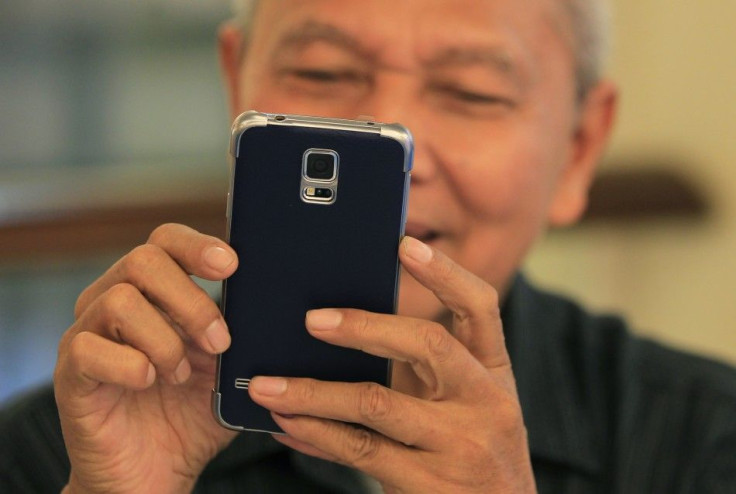Samsung Galaxy A3 and A5 Release Encounters Metal and Signal Issues, Launch Possibly Delayed

Samsung has reportedly been preparing for another round of devices namely the Galaxy A3 and the Galaxy A5. However, despite the number of leaks, the company delayed the official information. New information suggests that the prolonged announcement may be due to a number of manufacturing issues including metal production with new signal problems threatening release.
Samsung announced the Galaxy A3 and the A5 later than expected but for a good reason. According to a report by SamMobile, Samsung insiders shared that it took some time before the company was able to go around the production of its first set of all-metal Android units. It was the company's first attempt thus encountering low production yields.
SamMobile cites a source explaining that Samsung's initial production did not perform up to standards. It was only around 50 percent of what the company was aiming for. The low yield results are also part of the reason why Samsung decided to offer the handsets to consumers in Asia only. There may be developments in other regions but so far, people can expect an Asian release.
GSM Arena reports more issues with the Galaxy A3 and A5. Whereas the devices will sport metal unibody, Samsung may have hit another roadblock as signal issues reportedly surfaced for the units. New information from Russia shows the devices tested against their signals. However, both the Galaxy A3 and the Galaxy A5 showed unimpressive receptions when evaluated against the Galaxy S5.
Specifically, the Galaxy S5 posted signal strength reading of -82 dBm, the A3 got -92 dBm while the A5 got -93 dBm. The ideal score devices should get for this measure must be near 0. The nearer the figure to 0, the better the reception is. Numbers below 100 dBm may mean users having no choice but to "deal with it." The issue is also reportedly not just with mobile network connectivity but with WiFi as well. Samsung may need to do some more tweaking to make sure its new line of devices satisfy the market. The Korean tech giant has been suffering in sales with new players like Xiaomi eating up the market share. Analysts note that the company has to come up with more innovative flagships and focus better to compete.






